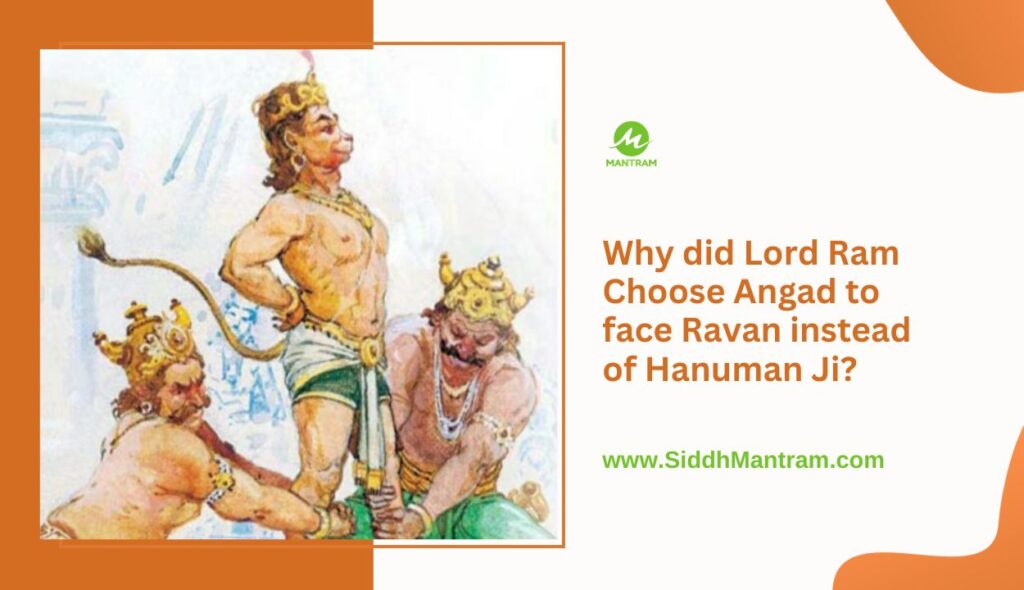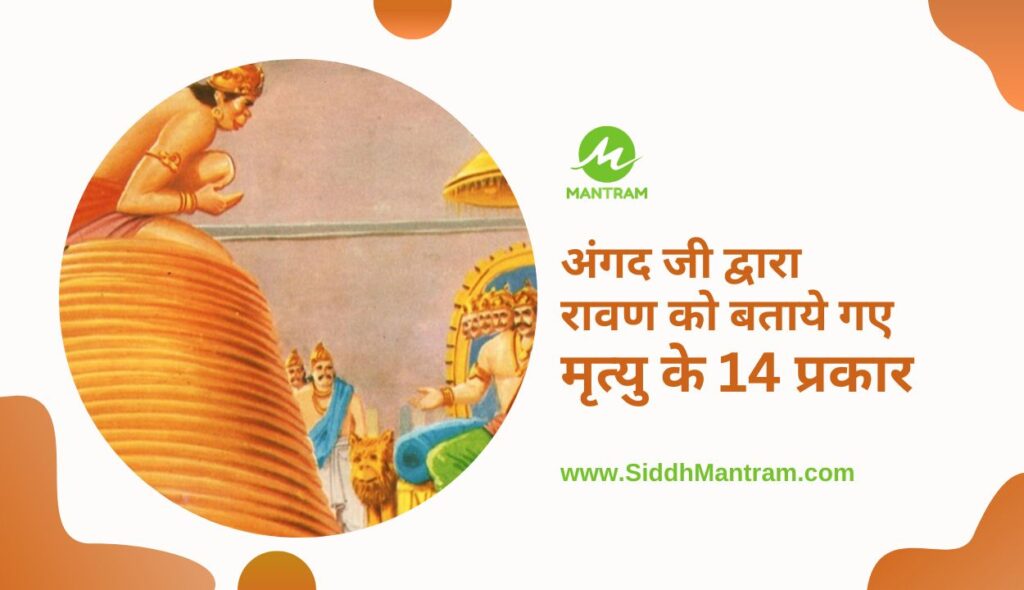Shatrughna holds a significant but somewhat limited role in the epic Ramayana.
Born to King Dasharatha of Ayodhya and his third wife, Sumitra, Shatrughna is considered one-half of the manifestation of Vishnu, along with his brothers Rama, Lakshmana, and Bharata.
His birth is associated with virtue, as he is believed to be the reincarnation of Vishnu’s sacred chakra.
Shatrughna’s wife is Shrutakeerti, the daughter of King Kusadhbojan, and sister of Sita, the wife of Rama. The name “Shatrughna” itself signifies “destroyer of enemies.”
What is the Significance Role of Shatrughna
In terms of his role in the Ramayana, Shatrughna’s main exploit was the killing of Lavanasura, the demon king of Mathura.
He displayed unwavering devotion to Lord Rama, akin to his brothers.
Like Lakshmana, Bharata, and Rama, Shatrughna was a plenary expansion of the Supreme Lord, symbolizing the completeness of the divine manifestation.
Shatrughna was deeply committed to Lord Rama and, during Rama’s exile, played a crucial role in Ayodhya.
Also Read- Lord Rama’s Legacy: 16 Qualities, Principles and Significance
When Bharata chose not to return to the kingdom after meeting Rama in the forest, he entrusted Shatrughna with the responsibility of governing Ayodhya.
For fourteen years, Shatrughna managed the kingdom with intelligence, ability, and power.
Despite having doubts, he never disturbed Bharata, who was in constant meditation on Rama.
During this period, Ayodhya experienced peace, prosperity, and security under Shatrughna’s able rule.
He took his responsibility seriously, ensuring that any lapse in administration would not tarnish Bharata’s name.
Shatrughna’s devotion extended to his duty of slaying the demon king Lavanasura in Mathura, a responsibility given to him by Lord Rama.
After successfully fulfilling his duties in Mathura for twelve years, he returned to Ayodhya, unable to bear being away from Rama.
In addition to his administrative prowess, Shatrughna played a crucial role in significant events like Rama’s Ashwamedha Yagna.
He led the horse Dig Vijay and contributed to the success of the yagna.
Shatrughna was also the first to witness Luv and Kush, the sons of Rama, singing praises of their father in the ashram of Valmiki.
In essence,
Shatrughna, though less highlighted than Rama and his other brothers, proved to be a great warrior, a devoted brother, and an ideal ruler. His noble character, intelligence, and commitment to duty are evident throughout the epic, showcasing his essential role in maintaining the well-being of Ayodhya during Rama’s absence.



